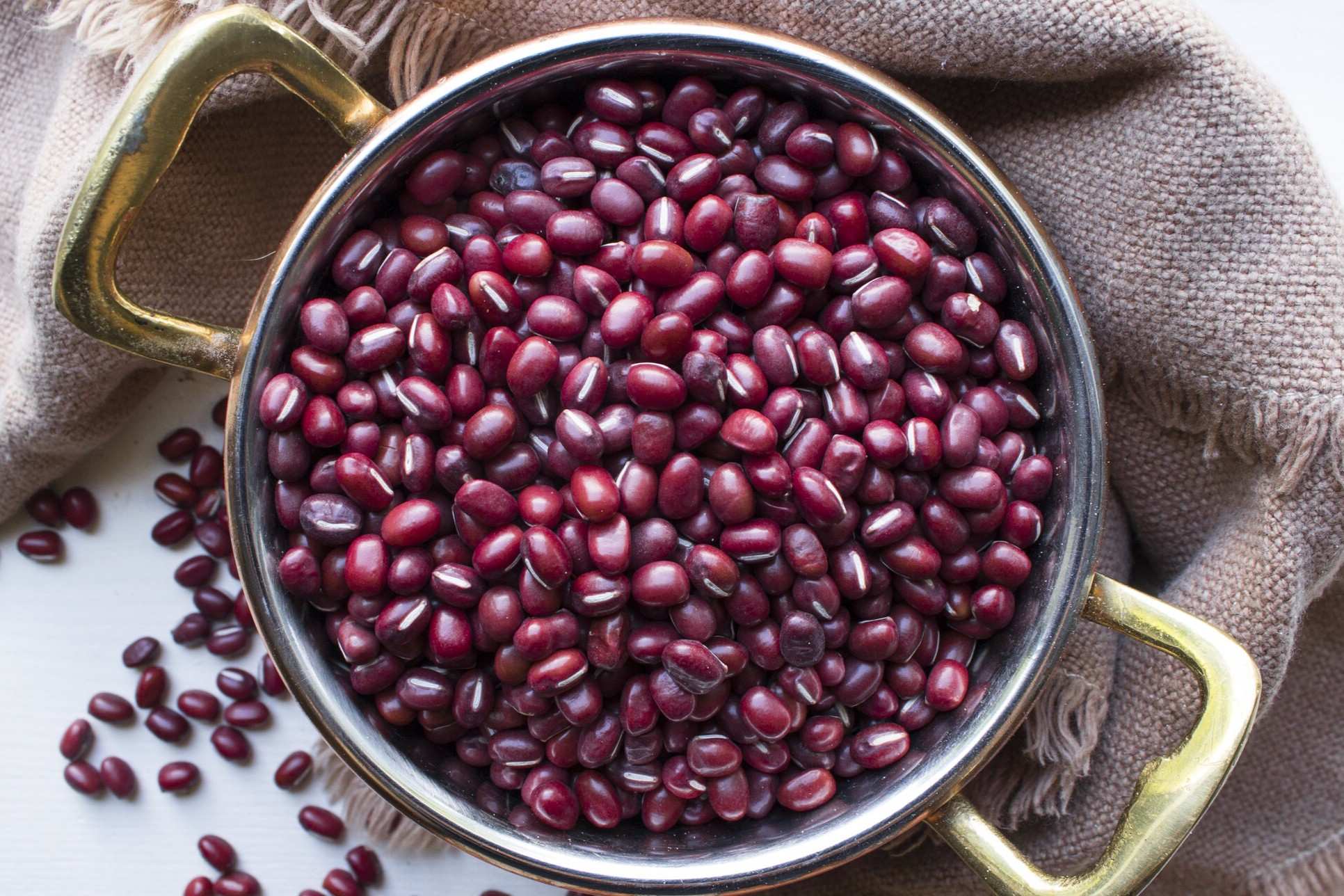
Adzuki beans, also known as azuki beans, are small, red legumes that pack a punch in both nutrition and flavor. Originating from East Asia, these beans have been a staple in various cuisines for centuries. But what makes them so special? Adzuki beans are not only delicious but also incredibly versatile. They can be used in sweet dishes like red bean paste or savory meals such as soups and stews. Rich in protein, fiber, and essential nutrients, these beans offer numerous health benefits. Whether you're a foodie looking to expand your palate or someone interested in healthy eating, adzuki beans are worth exploring. Ready to learn more? Here are 32 fascinating facts about adzuki beans that will leave you amazed!
What Are Adzuki Beans?
Adzuki beans, also known as red beans, are small, reddish-brown legumes popular in East Asian cuisine. They are packed with nutrients and have a slightly sweet flavor, making them versatile in both savory and sweet dishes.
- Adzuki beans are native to East Asia and the Himalayas.
- They have been cultivated for over 1,000 years.
- In Japan, adzuki beans are often used in traditional sweets like mochi and anko (sweet red bean paste).
- These beans are a rich source of protein, making them a great meat alternative for vegetarians and vegans.
- They contain high levels of dietary fiber, which aids in digestion and promotes gut health.
Nutritional Benefits of Adzuki Beans
Adzuki beans are not just tasty; they are also incredibly nutritious. Here are some of the key health benefits you can gain from incorporating these beans into your diet.
- Adzuki beans are low in calories but high in essential nutrients.
- They are an excellent source of iron, which is crucial for preventing anemia.
- These beans contain magnesium, which helps in muscle function and bone health.
- They are rich in antioxidants, which help fight free radicals in the body.
- Adzuki beans have a low glycemic index, making them suitable for people with diabetes.
Culinary Uses of Adzuki Beans
Adzuki beans are incredibly versatile in the kitchen. They can be used in a variety of dishes, both sweet and savory.
- In China, adzuki beans are often used in soups and desserts.
- Koreans use these beans to make patbingsu, a popular shaved ice dessert.
- Adzuki beans can be sprouted and added to salads for extra crunch and nutrition.
- They can be ground into flour and used in baking.
- Adzuki beans are often used in vegetarian burgers as a meat substitute.
Growing and Harvesting Adzuki Beans
Growing adzuki beans can be a rewarding experience. They are relatively easy to cultivate and can thrive in various climates.
- Adzuki beans prefer well-drained soil and full sun.
- They are typically planted in late spring and harvested in late summer.
- These beans are drought-tolerant, making them suitable for dry regions.
- Adzuki beans can be grown in containers, making them ideal for urban gardening.
- They are often rotated with other crops to improve soil fertility.
Cultural Significance of Adzuki Beans
Adzuki beans hold a special place in various cultures, especially in East Asia. They are often associated with good fortune and health.
- In Japan, adzuki beans are used in ceremonial dishes during festivals.
- They are considered a symbol of happiness and prosperity in Chinese culture.
- In Korea, adzuki beans are used in rituals to ward off evil spirits.
- These beans are often given as gifts during the Lunar New Year.
- Adzuki beans are featured in traditional medicine for their healing properties.
Fun Facts About Adzuki Beans
Adzuki beans have some interesting trivia associated with them. Here are a few fun facts that might surprise you.
- The name "adzuki" comes from the Japanese word for "small bean."
- Despite their name, adzuki beans are not always red; they can also be white, black, or mottled.
- They are sometimes called "red cowpeas" in English-speaking countries.
- Adzuki beans are often used as a natural dye for fabrics.
- They are one of the few beans that can be eaten raw when sprouted.
Health Precautions and Considerations
While adzuki beans are generally safe to eat, there are a few things to keep in mind to ensure you enjoy them safely.
- Some people may experience gas or bloating when consuming adzuki beans.
- It is essential to cook adzuki beans thoroughly to eliminate any potential toxins.
Final Thoughts on Adzuki Beans
Adzuki beans pack a punch in nutrition and versatility. These small red beans are loaded with protein, fiber, and antioxidants, making them a fantastic addition to any diet. They’re not just healthy; they’re also incredibly versatile. From sweet desserts in Asian cuisine to hearty soups and stews, adzuki beans can fit into various dishes. Plus, they’re easy to cook and can be a great meat substitute for vegetarians and vegans.
Including adzuki beans in your meals can boost your health and add exciting flavors to your cooking. Whether you’re looking to improve your diet or just try something new, these beans are worth a shot. So next time you’re at the grocery store, grab a bag of adzuki beans and start experimenting. Your taste buds and body will thank you!
Was this page helpful?
Our commitment to delivering trustworthy and engaging content is at the heart of what we do. Each fact on our site is contributed by real users like you, bringing a wealth of diverse insights and information. To ensure the highest standards of accuracy and reliability, our dedicated editors meticulously review each submission. This process guarantees that the facts we share are not only fascinating but also credible. Trust in our commitment to quality and authenticity as you explore and learn with us.
